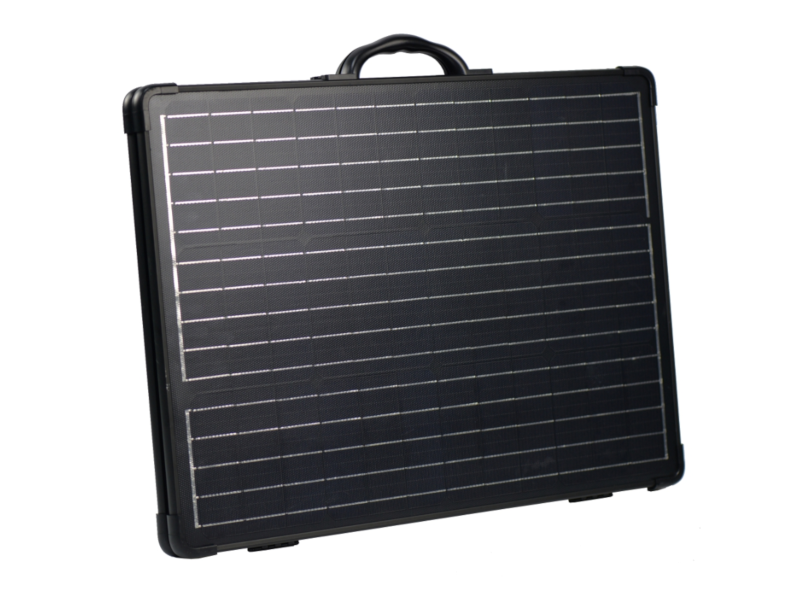Ok …
Another question ….
Is there a foldable or easily moved solar blanket system on the market now that has in built voltage regulator or MPPT system that could be attached to the jump start terminals on a dual battery vehicle fitted only with factory smartpass 120?
Or is this approach better suited to a direct connection to the aux battery?
I’m trying to be as simple as possible but retain the flexibility (quite literally) of a moveable blanket panel
I guess I’m trying to see what others might have done to “improve” the system they have already installed instead of just adopting an existing solution as detailed here and elsewhere
Cheers all
Another question ….
Is there a foldable or easily moved solar blanket system on the market now that has in built voltage regulator or MPPT system that could be attached to the jump start terminals on a dual battery vehicle fitted only with factory smartpass 120?
Or is this approach better suited to a direct connection to the aux battery?
I’m trying to be as simple as possible but retain the flexibility (quite literally) of a moveable blanket panel
I guess I’m trying to see what others might have done to “improve” the system they have already installed instead of just adopting an existing solution as detailed here and elsewhere
Cheers all





